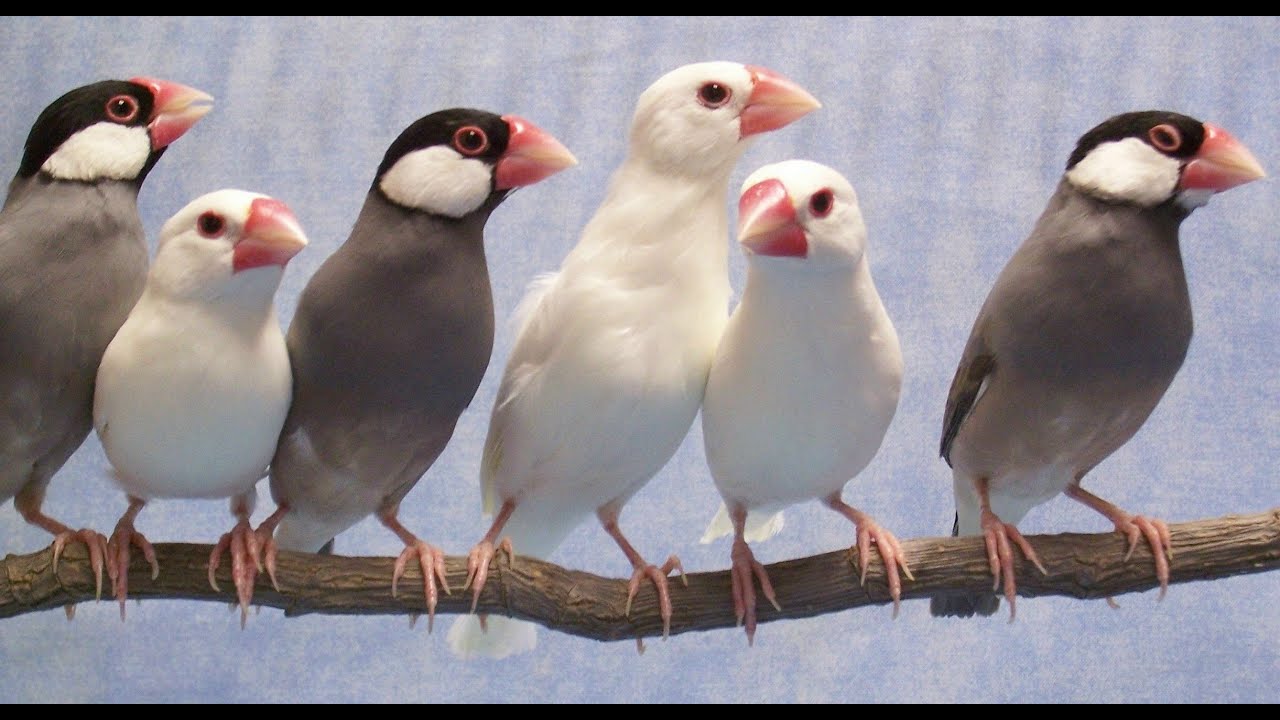Origins
The Java Sparrow, also known as the Java Finch, is a small, sociable, and charming bird native to Indonesia, specifically the islands of Java, Bali, and Bawean. It has been introduced to other parts of the world and is now found in many different countries.
Java Sparrows are small birds, reaching up to 6 inches in length. They have a thick beak, ideal for cracking seeds. Their coloring is predominantly grey, with a black head, white cheeks, and pink beak and legs.
Java Sparrows are known for their sociable, melodious, and charming nature. They form strong bonds with their human caregivers and can be quite affectionate. These birds are highly intelligent, capable of learning a variety of tricks, and are known for their impressive song.
Java Sparrows require a balanced diet of seeds, fruits, and vegetables. They enjoy toys and perches in their cage for mental stimulation and exercise. Java Sparrows also enjoy social interaction and benefit from daily out-of-cage time in a safe, bird-proofed area.
Java Sparrows typically live up to 10 years in captivity with proper care. Regular veterinary check-ups can help detect and prevent potential health issues.
Java Sparrows are suitable pets for both novice and experienced bird keepers due to their friendly nature and relatively easy care requirements. Early socialization and gentle handling can help foster a strong bond with their owners. Java Sparrows are intelligent birds and can be trained to learn tricks and mimic sounds.
The Java Sparrow is classified as Vulnerable on the IUCN Red List due to habitat loss and trapping for the pet trade. However, as with all pet birds, it’s important to ensure that any bird purchased as a pet has been bred in captivity, not caught from the wild.
Java Sparrows are known for their melodious song, which is often described as a series of rapid, rhythmic notes followed by a trill. They are also known for their communal nesting behavior, where several pairs of birds may share a single large nest.


